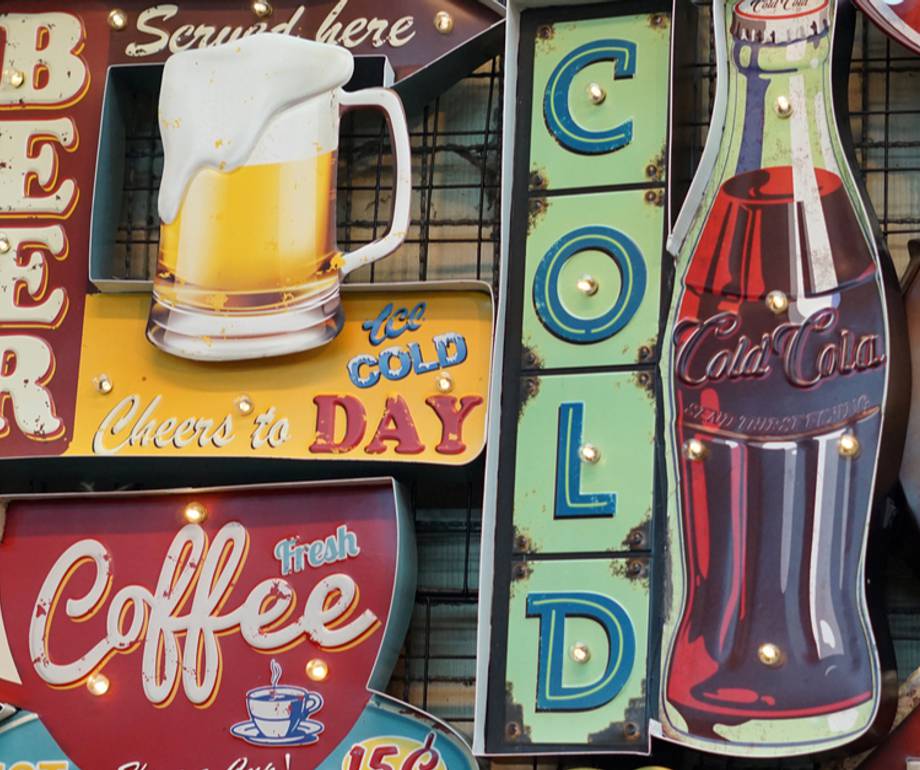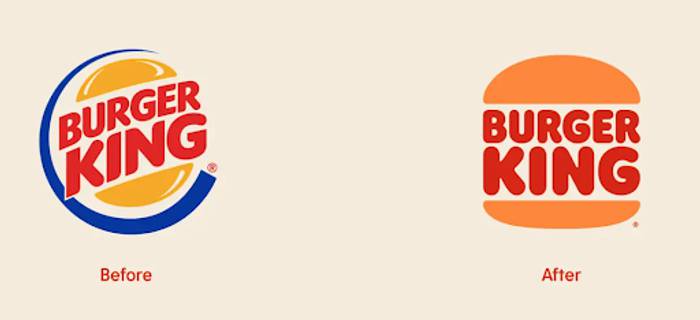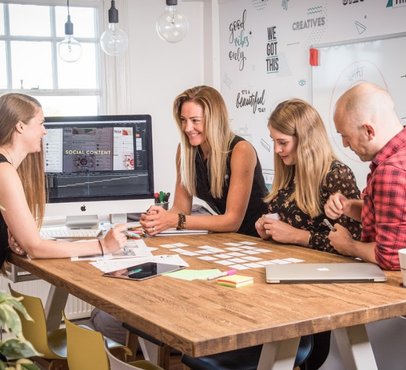What is nostalgia?
Nostalgia is defined as an affectionate or wistful longing for a period in the past. It’s no surprise then, that over the last two years of uncertainty and what can probably be classed as collective trauma and/or grief for ‘before’, that we’re all longing for simpler times. Nostalgia is often associated with childhood, but not exclusively so, it can be longing for any time passed.
We’ve seen retro clothing come back - hello skorts and platform trainers, right through to foods like trifle and packet custard having a renaissance. So, what’s the science?
Humans love comfort
We are pretty much hard-wired to crave familiarity. Let’s all admit that we all get a little bit excited when we see a poll that tells us our 90s childhood cartoon character, or the top-selling snacks and toys the year we were five - that’s because, in a lot of cases, our lives were filled with simple pleasures and a lack of judgement or responsibility.
Studies have shown for many years that there may be benefits to mental and physical health when experiencing feelings of nostalgia. In relation to the COVID-19 pandemic, many people reported mental health struggles, feelings of detachment and sadness as they were either separated from those they love (be that literally, physically or by regulations).
As scientists studied the impact of the pandemic, it showed that people experiencing loneliness could be helped with nostalgia.
“A good analogy is the immune system. A viral infection may make you ill, but it also activates your immune system and your immune system makes you better. Loneliness reduces happiness but also triggers nostalgia, and nostalgia increases happiness.”
We have to factor in that not everyone has strong or positive interpersonal relationships to be nostalgic about, or events shared with people that they wish to revisit…but for most of us there will be a period, a smell, an event or an experience that we can conjure to invoke that feeling of nostalgia.
So, what is nostalgia marketing?
The practice of nostalgia marketing is a tactic used to draw us in, build trust and conjure a sense of familiarity and sentimentality. This doesn’t necessarily relate to older products, or ones that have been around for years; nostalgia can be tagged on to new products through colour ways/design, terminology and specific features we associate with a period that’s ‘before’.
None of us love uncertainty and we’ve all had enough, so consumers are turning to their favourite brands, and some new ones to spark that sense of sentimentality we know can bring us some calm. The pandemic has sparked the biggest ever nostalgia train we’ve seen and it’s become an essential tool for marketers everywhere. No matter what you do, there’s room for you to utilise this if done well. Organisations of all types are now tripping over themselves to give consumers the ‘warm and fuzzies’.
Nostalgia marketing statistics
The statistics for nostalgia marketing show we’re all attached to a ‘look back’ in our shopping habits and interactions. Mintel reported that ‘consumers aged 25-44 are most likely to agree that they enjoy things that remind them of their past (eg childhood)’.
It seems, according to Marketing Week that almost all of us experience and relate to nostalgia too, with ‘nine out of 10 people admit to thinking fondly about the past at least occasionally, with 47% saying they do so almost always or quite often’.
Top tips for creating a nostalgia marketing strategy
1. Understand what you want your audience to think or feel when they see your campaign. You must have a purpose. People part with their money when they’re moved or see themselves reflected in your campaign or product. You need to transport them somewhere and find a place for your product in that ‘somewhere’.
2. What sounds or elements of design, style or terminology define the period you’re trying to conjure nostalgia for (think defining elements from that period)?
3. Utilise endorsements from relevant characters/celebrities if you can, or create one which is rooted in all of the above. Brand characters are also having a renaissance, think the soaring success of Percy Pig and Colin the Caterpillar, while new, they represent a period in time where this was the norm - they are marketed at millennial adults who remember being a kid at a time when everyone had a mascot or slogan to hand a product on.
4. Pay attention to how your audience engages and replicate what works. TikTok is almost single handedly driving trends across the board, pay attention to how users gravitate and towards what - there’s a nostalgic element to almost everything!
Good examples of nostalgia marketing campaigns
Many brands are tapping into this, there’s the Burger King logo revamp (it’s first in 20 years), which with its branding, harks back to a more retro feel and classic burger shape.
The success of Netflix’s Stranger Things is another great example of the power of the throwback. While this is a new show, it is firmly rooted in the eighties and no corners have been cut in creating an immaculately well-observed eighties world; from clothes and foods, to music and decor - it sucked the whole world in.
You’ll also see it in brands re-launching or bringing back favourite lost flavours and items for limited times, such as Wispa Gold, Crystal Pepsi (or Pepsi Clear) which has returned several times only to disappear until it’s next resurgence!
We’re even creating comeback classics ourselves with our cravings for things like instant trifle mix. Other favourites from the 70s, 80s and 90s making a comeback included: custard powder and instant mash, sales of which were up 336% and 59%, respectively during the pandemic.
If you think you’re ready to go back to the future, then let us help you.
Drop our team of experts a message todayPost by

Amy joined in 2014 to set up our Content department. She now heads up a growing Brand and Content team, utilising over 13 years’ experience to deliver brand awareness through targeted, multi-channel copy. As well as engaging content for websites and blogs, Amy delivers PR strategies and tone of voice exploration, helping clients to communicate the purpose and values of their brand with maximum impact.
Project




